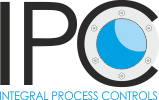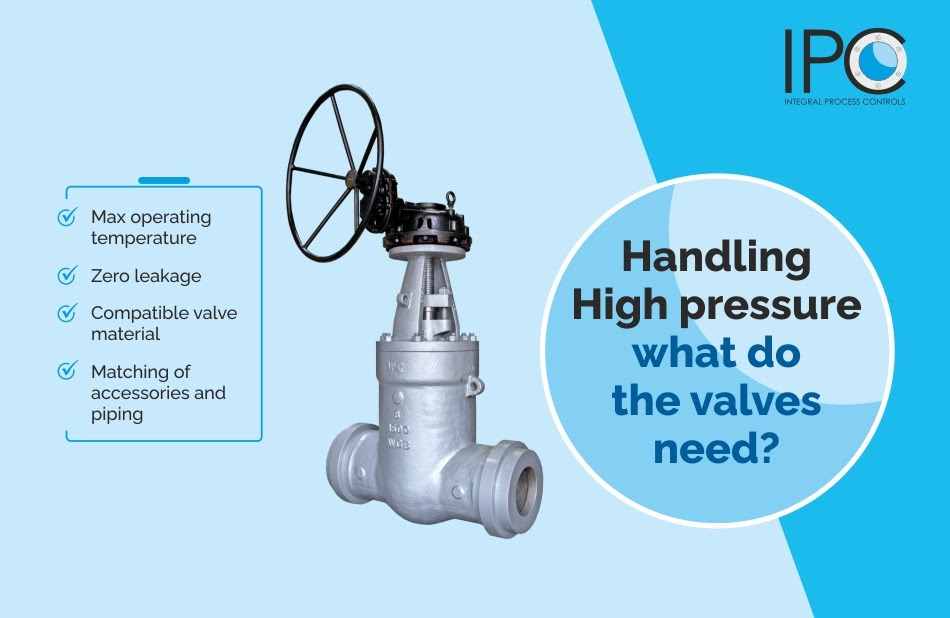Selecting equipment for different purposes requires careful consideration of specific criteria to ensure safety and functionality. The selection criteria for an umbrella and a parachute are naturally different due to the distinct purposes they serve.
If an umbrella doesn’t open, the primary consequence is getting wet or catching a cold. It’s an inconvenience, but the risk to life and safety is minimal. Conversely, if a parachute doesn’t open, the consequences can be catastrophic, potentially resulting in severe injury or death. Parachutes are used in life-critical situations, such as skydiving or emergency ejections, where the stakes are extremely high.
In the context of selecting high pressure valves are indeed more rigorous, akin to the careful selection of a parachute due to the higher risks involved. High-pressure relief valves are vital for ensuring safety across diverse applications, spanning petrochemical, power, marine, and aerospace sectors. Irrespective of the specific field, there are key features to consider when choosing a robust high-pressure relief valve. Such a selection of pressure valves not only safeguards the well being of your workforce and the integrity of capital equipment but also prevents potential catastrophic failures. check out the following parameters for select high pressure valves.
Here are five key parameters that must be considered when selecting high pressure valves:
-
Maximum Valve Operating Pressure:
The maximum operating pressure is a defining parameter. It indicates the limit beyond which the manufacturer does not guarantee safe valve operation. It’s crucial to consider not only the pressure of the media but also additional forces that come into play when the process is at its peak operation.
-
Maximum Operating Temperature:
Along with maximum valve pressure, it’s essential to consider the maximum operating temperature. Ensure that your process’s operating temperature falls within the specified limits. If this information is not provided, request it from the manufacturer.
-
Compatibility with Valve Material:
The resistance of the valve material to pressure, temperature, wear, and corrosion is critical. Ensure that the media being handled does not compromise the valve’s capability and safe performance in a high-pressure environment. Consider fluid compatibility charts provided by the manufacturer.
-
Zero Leakages:
In high-pressure environments, the type of end connections is critical. Welded connections are recommended for zero leakages, especially when dealing with hazardous media. Leak tolerance is essential for safety and reliability.
-
Matching Dimensions:
Ensure that the dimensions of the valve, including accessories and piping, match the requirements of your specific application. This ensures reliable operations.
In high pressure valves applications, like Gate Valves, Globe Valves, Ball Valves and Plug Valves are commonly used due to their ability to handle elevated pressures effectively. These parameters are essential for maintaining safety and preventing catastrophic failures in high pressure environments.

